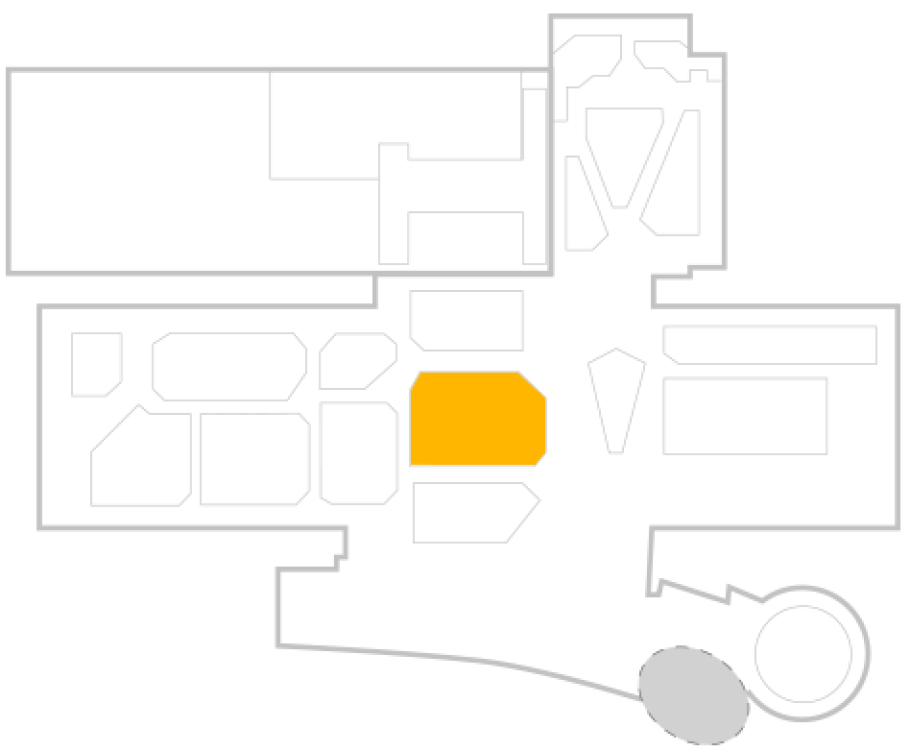One museum, two locations
Visit us in Washington, DC and Chantilly, VA to explore hundreds of the world’s most significant objects in aviation and space history. Free timed-entry passes are required for the Museum in DC.
Visit
National Air and Space Museum in DC
Udvar-Hazy Center in VA
Plan a field trip
Plan a group visit
At the museum and online
Discover our exhibitions and participate in programs both in person or virtually.
What's On
Events
Exhibitions
IMAX and Planetarium
Dive deep into air and space
Browse our collections, stories, research, and on demand content.
Explore
Stories
Topics
Collections
On demand
For researchers
For teachers and parents
Bring the Air and Space Museum to your learners, wherever you are.
Learn
Programs
Learning resources
Plan a field trip
Educator professional development
Education monthly theme
Be the spark
Your support will help fund exhibitions, educational programming, and preservation efforts.
Give
Become a member
Wall of Honor
Ways to give
Host an Event
World War II Aviation
Aircraft demonstrating some of the major technological advancements during World War II.
Facing a two-front war in Europe and the Pacific, the United States mobilized its vast human and industrial resources to achieve victory—a strategy that required the systematic use of air power. World War II became the global arena for a titanic struggle for control of the air. U.S. factories produced overwhelming numbers of fighter and bombers, and in both Europe and the Pacific, aviation proved crucial in tactical and strategic roles.
War-induced technological leaps in aircraft design and performance recast the nature of air warfare. Streamlined, all-metal fighters replaced wood and fabric biplanes. With remote-controlled guns, pressurized cabins, and powerful engines, the Boeing B-29 Superfortress became the most advanced bomber of its day. Late in the war, the relentless process of technical refinement culminated with the debut of jet aircraft.
Location in Museum
Steven F. Udvar-Hazy Center in Chantilly, VA
Plan Your Visit
Related Topics:
Aviation
Military aviation
War and Conflict
Weapons
World War II
In this Exhibit
Explore the Collection
Boeing B-29 Superfortress Enola Gay
Object
Lockheed P-38J-10-LO Lightning
Object
Vought F4U-1D Corsair
Object
Hawker Hurricane Mk. IIC
Object
Aichi M6A1 Seiran (Clear Sky Storm)
Object
Grumman F6F-3K Hellcat
Object
Northrop P-61C Black Widow
Object
Vought-Sikorsky XR-4C
Object
You may also like
World War II German Aviation
Steven F. Udvar-Hazy Center in Chantilly, VA
On View Exhibition
Alexander de Seversky: Influential World War II Air Power Advocate
May 09, 2015
Anne Noggle’s Photographs of World War II Women Pilots: Portraits of Perspective and Reflection
March 26, 2021
Interwar Military Aviation
Steven F. Udvar-Hazy Center in Chantilly, VA
On View Exhibition
Stay up to date on the latest stories and events with our newsletter
Privacy
Terms of Use

